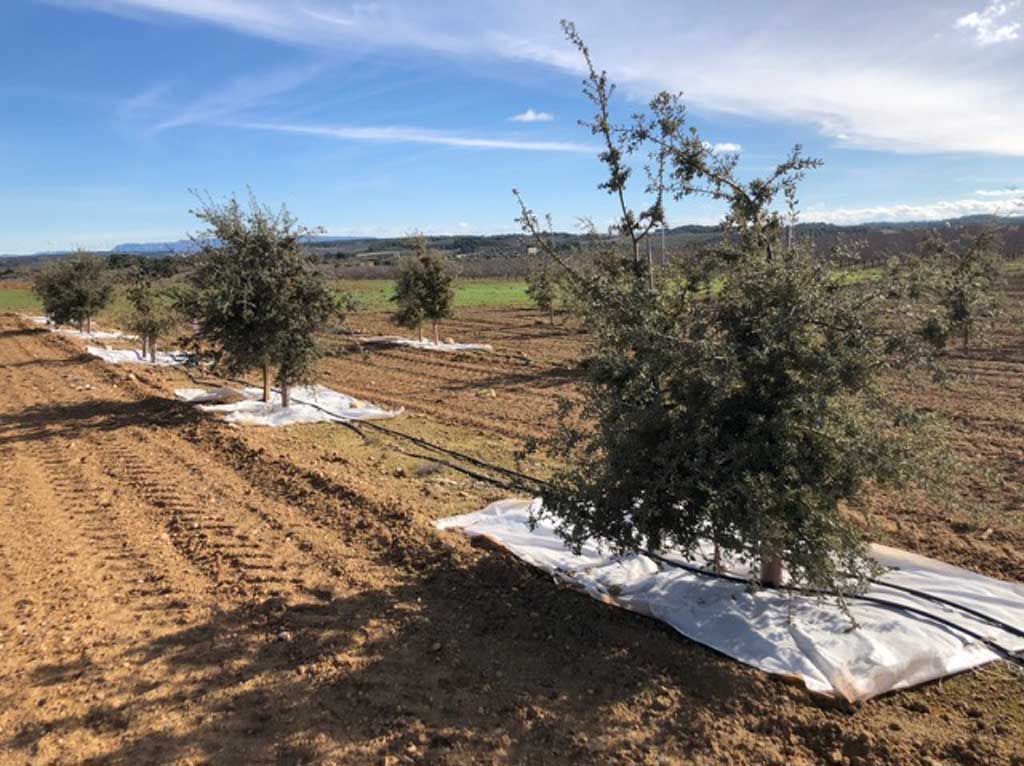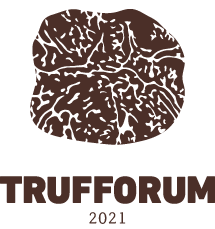

Scientific Seminar: “Advances in the knowledge of truffles and truffle farming”
27 February, 2021 | 10:00 am | 1:00 pm
| Free
Scientific Seminar: “Advances in the knowledge of truffles and truffle farming.”
Scientific Seminar: “Advances in the knowledge of truffles and truffle farming.”
Saturday 27 February
10:00 h.
Presentation
10:15 h.
Multifunctional truffle farming: the Tubersystems project
Dr. Xavier Parladé , Agrifood Research and Technology Institute (IRTA)
The Tubersystems project , funded by the State Research Agency and the European Union within the Society Challenges program, its main objective is to implement a multifunctional truffle farming based on the knowledge of the biology of the truffle and its interactions with other organisms. To address this objective, extensive soil sampling has been carried out throughout the black truffle distribution area in Spain, both in plantations and in areas of natural wild distribution. Soil samples have been subjected to different types of physicochemical and biological analysis to evaluate the persistence of the truffle mycelium and the fungal communities associated with the ‘burned’ or areas devoid of vegetation where the mycelium of the fungus develops. In a second phase of the project, beneficial microorganisms (arbuscular fungi and rhizospheric bacteria) have been isolated for use in improving the growth and mycorrhization of holm oak and complementary cultures of aromatic plants. Finally, the information obtained will allow us to evaluate the ecosystem services associated with truffle farming considering the economic, environmental and social benefits. More information in www.tubersystems.com
11:00 h.
The Tuber aestivum could shift the Tuber melanosporum to young truffle plantations in a context of climate change?
Yasmin Piñuela , Center of Science and Forest Technology of Catalonia (FTFC) and University of Lleida (UdL)
The black truffle (Tuber melanosporum Vittad.) and the summer truffle (Tuber aestivum Vittad.) are two of the most appreciated edible fungi worldwide. The natural distributions of both species partially overlap. However, the interspecific interactions between these truffles and how irrigation and mulching techniques impact the dynamics between them are still unknown. Here, an experimental truffle plantation with Quercus ilex was established in Maials (Catalonia, Spain), combining three soil mulch treatments (white mulch, black mulch and bare soil as a control) and two irrigation regimes (irrigated and non-irrigated as a control) to investigate truffle mycelial dynamics in soil when both truffle species co-occur. The development of truffle mycelium in two different seasons (spring and autumn) in two consecutive years (2017 and 2018) was quantified using qPCR. Truffle mycelia of both species showed greatest development under white mulch. When mycelia of both truffle species co-occurred in soil, irrigation combined with white mulch resulted in greater quantities of T. melanosporum mycelial biomass, whereas the control irrigation treatment favoured the development of T. aestivum. Mulch treatments were also advantageous for seedling growth, which was expressed as root collar diameter and its increment during the study period. Significant relationships between root collar diameter and root growth and the amount of mycelial biomass in the soil were observed for both truffle species. Our results indicate the potential advantages of using white mulch to support irrigation in truffle plantations located in areas with dry Mediterranean climatic conditions to promote the development of Tuber mycelium. More information

